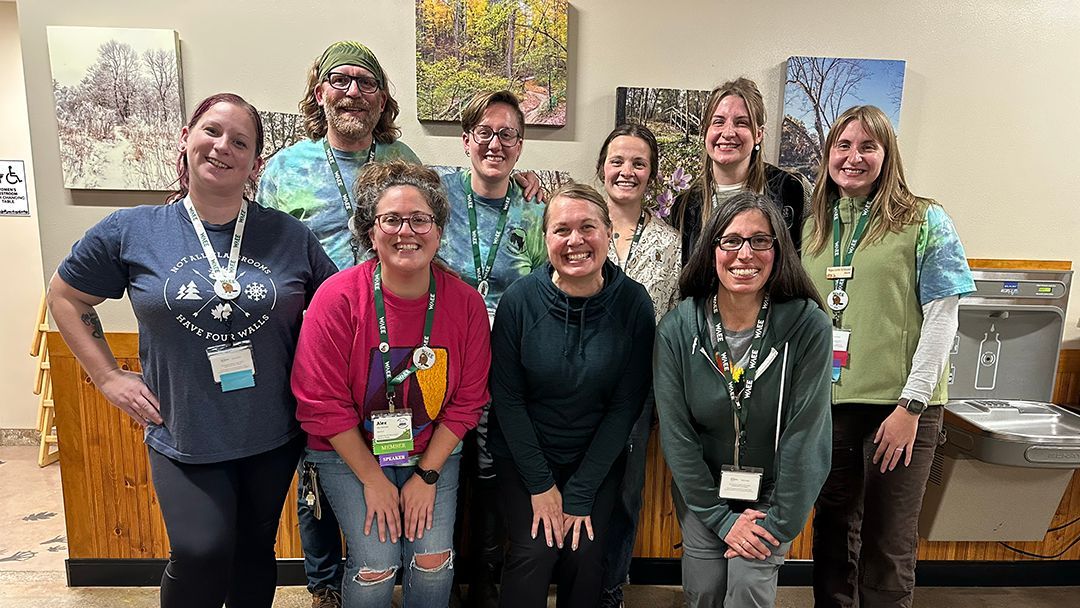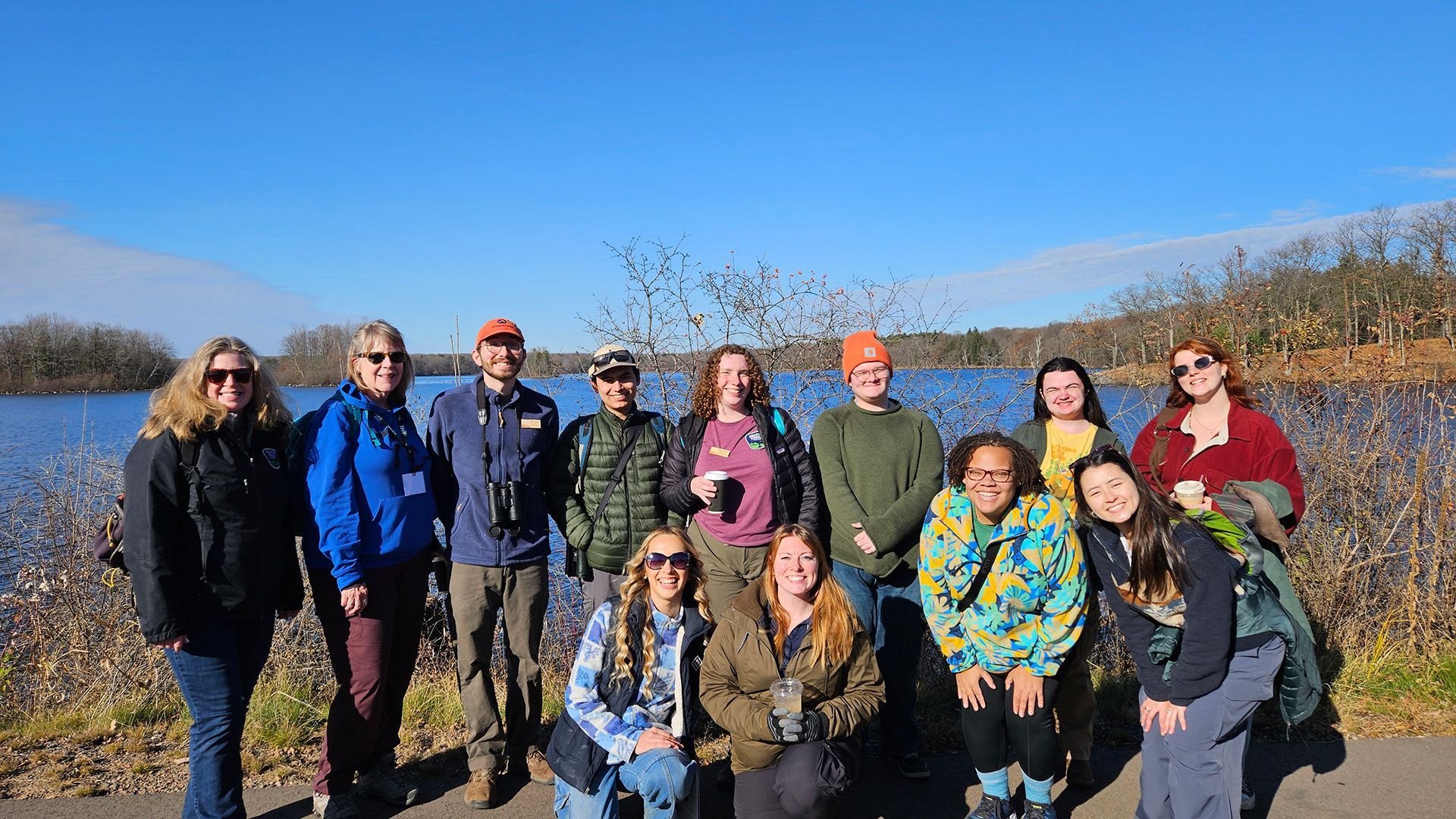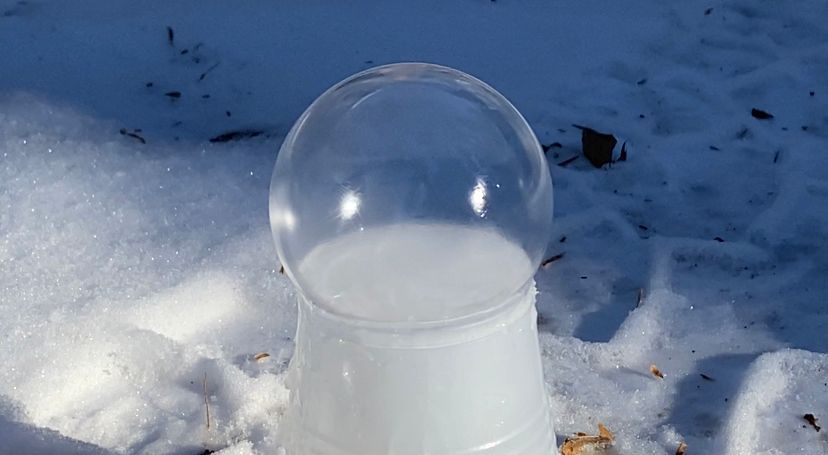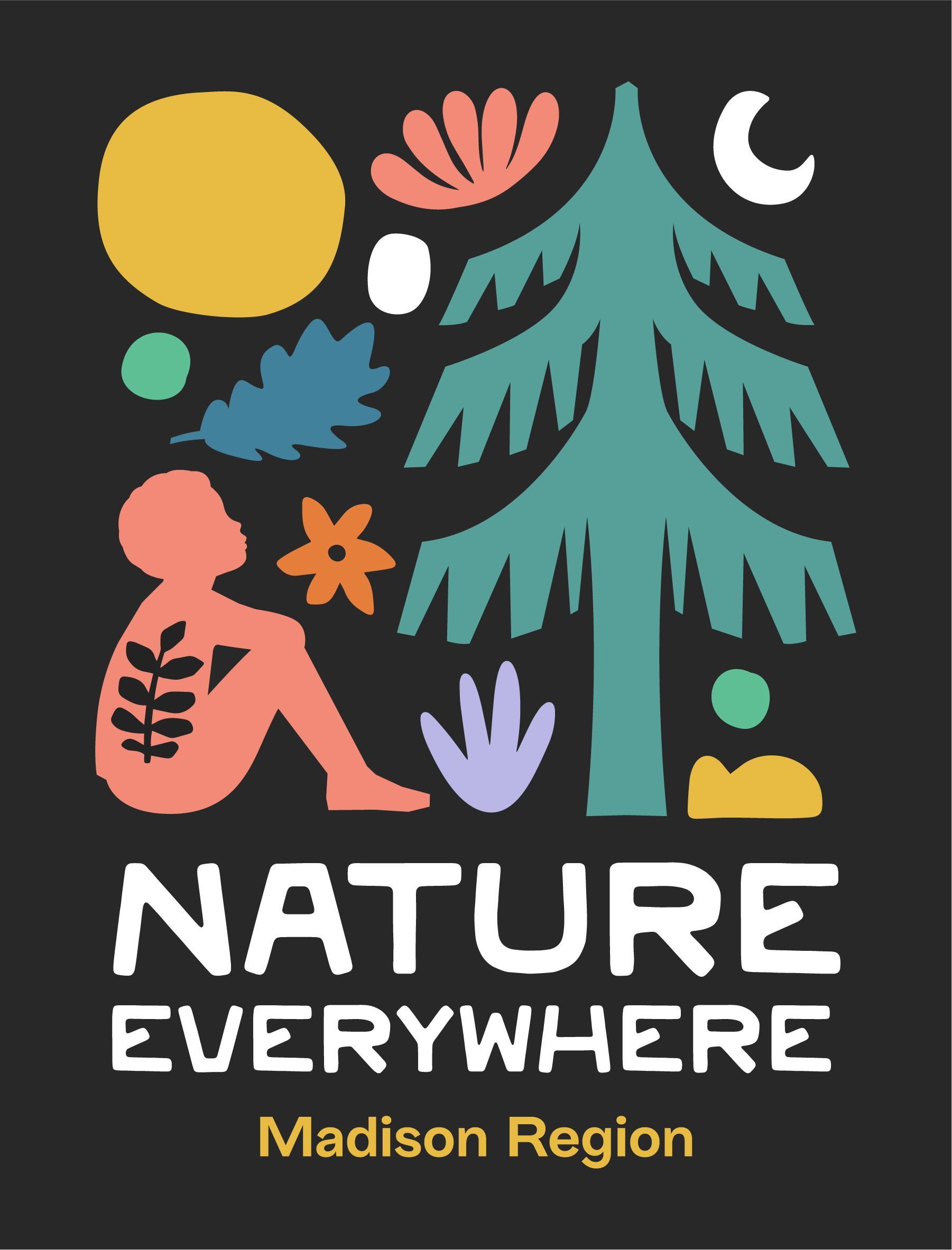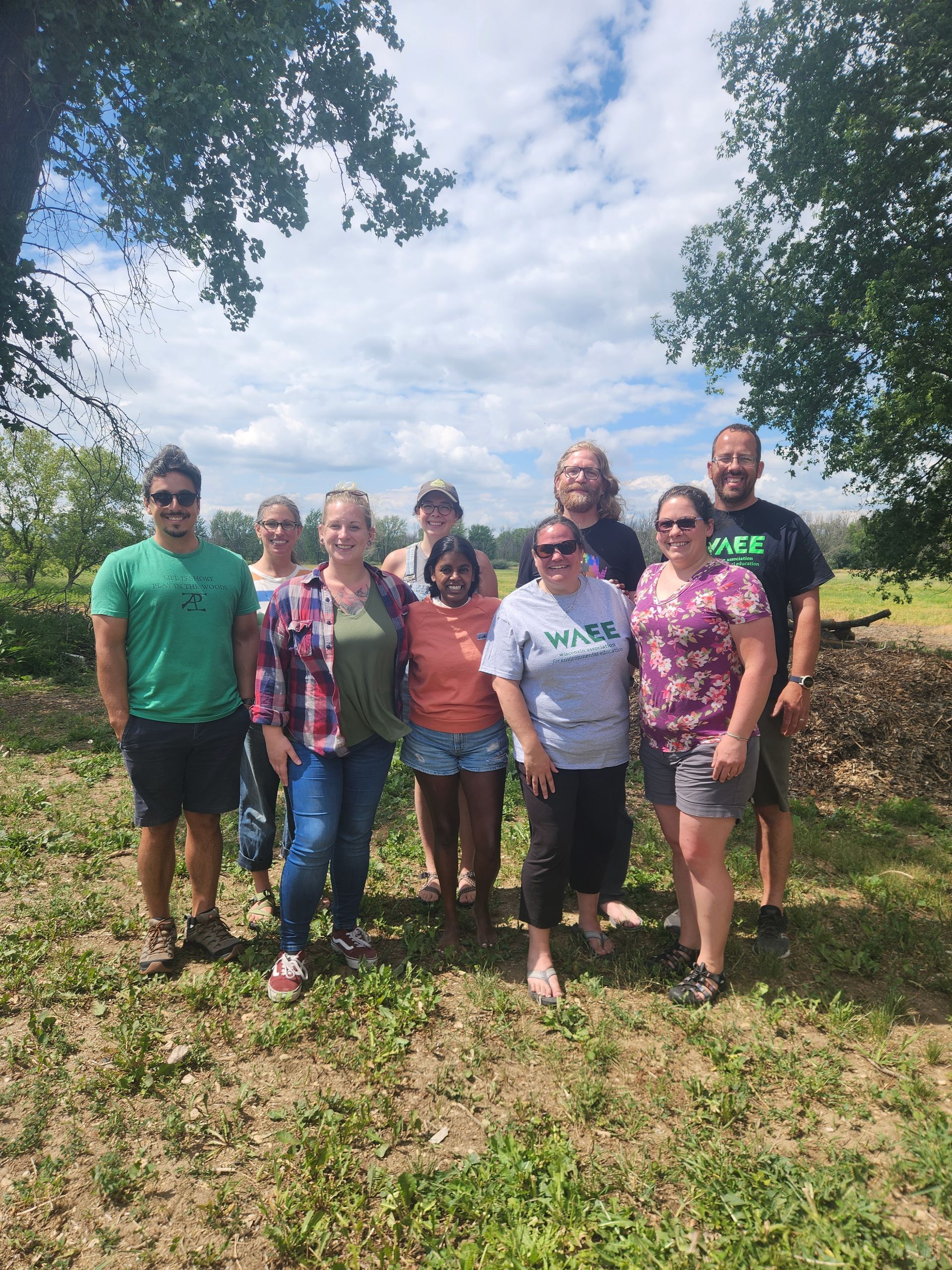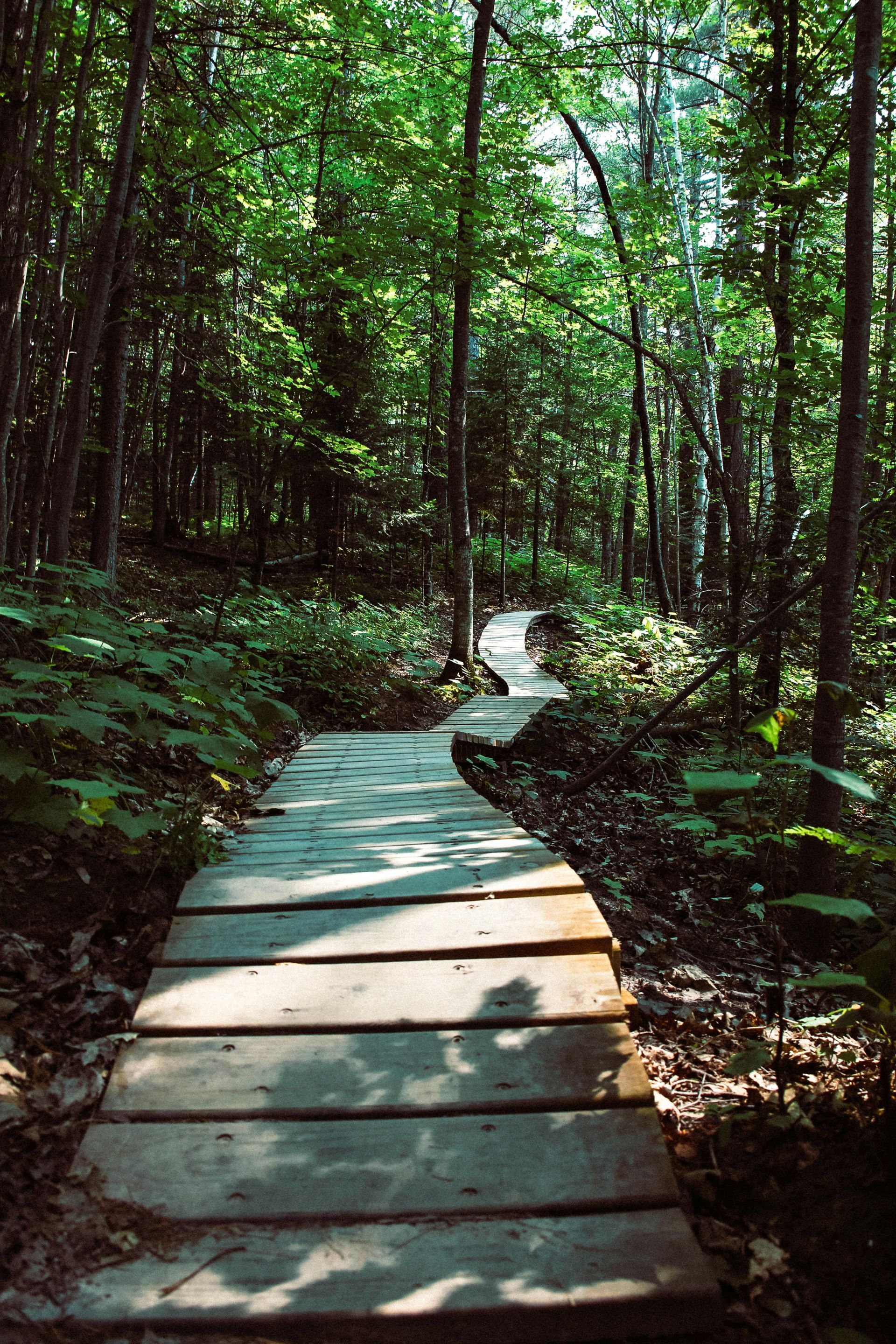Why Outdoor Education Matters
Benefits of Outdoor, Nature-based Learning
Students who participate in outdoor, nature-based learning reap cognitive, academic, physical, and emotional benefits from their experience. According to the American Academy of Pediatrics(1), the American Medical Association(2), the American Association of Ophthalmology(3), the American Public Health Association(4) , and the Centers for Disease Control, children who engage in outdoor, nature-based learning:
- Perform significantly better on standardized tests
- Increase academic performance by up to 27%,
particularly low income students - Are better able to concentrate and have reduced discipline problems
- Have better attendance and are less likely to drop out of school
- Have improved creativity, problem-solving skills and critical thinking abilities
- Discover increased cooperation, self-discipline, confidence and self-awareness
- Have improved performance on college entrance exams
- See a reduction of stress and mental illnesses including depression, ADD and ADHD
- Develop improved immune systems & cardiovascular health and lowered obesity
- Have improved classroom performance in math, science, reading and social studies
- Have a greater respect for themselves, for others and for the environment.
The Pew Charitable Trust’s 1998 report: Closing the Achievement Gap: Using the
Environment as an Integrating Context (EIC), showed that children who participate in
nature-based education programs had better performance on standardized tests in
reading, writing, math, science, and social studies, reduced discipline and classroom
problems, and increased engagement and enthusiasm for learning. (Hein, 2014)
The American Institutes for Research’s report titled: “Effects of Outdoor Education
Programs for Children in California,” focused on “at risk” youth, showed a 27% increase in
mastery of science concepts; enhanced cooperation and conflict resolution skills, improved
self-esteem, classroom behavior, problem solving and motivation to learn. (Hein, 2014)
“When engaging children in an outdoor forest restoration project, a teacher pulled my wife aside
and remarked at the way a particular student was lighting up and leading her class that day. The
teacher simply said: ‘She’s special.’ My wife replied, ‘That much is obvious. She’s running the show
out there.’ The teacher choked up a little and said, ‘No, you don’t understand. She’s special needs.
I’ve never seen her like this. It’s just…amazing.’ – Frank Hein
1 American Academy of Pediatrics, “The Importance of Play in Promoting Healthy Child Development and Maintaining Strong Parent-ChildBonds,”
2 Burdette, H., et al. “Resurrecting Free Play in Young Children.” Children and Nature Network. 2005. 22 Oct. 2012 <
http://www.childrenandnature.org/downloads/Burdette_LookingBeyond.pdf>
3 Sherwin, J, et al. “The Association between Time Spent Outdoors and Myopia in Children and Adolescents.” US National Library of Medicine
National Institutes of Health. 2012. American Association of Ophthalmology. 22 Oct 2012. < http://www.ncbi.nlm.nih.gov/pubmed/22809757>
4 Kuo, PhD, Frances E., & Andrea Faber Taylor, PhD. “A Potential Natural Treatment for Attention-Deficit/Hyperactivity Disorder: Evidence From
a National Study.” American Journal of Public Health 94.9.Sept. 2004. 22 Oct. 2012.


